Archives
- 2018-07
- 2018-10
- 2018-11
- 2019-04
- 2019-05
- 2019-06
- 2019-07
- 2019-08
- 2019-09
- 2019-10
- 2019-11
- 2019-12
- 2020-01
- 2020-02
- 2020-03
- 2020-04
- 2020-05
- 2020-06
- 2020-07
- 2020-08
- 2020-09
- 2020-10
- 2020-11
- 2020-12
- 2021-01
- 2021-02
- 2021-03
- 2021-04
- 2021-05
- 2021-06
- 2021-07
- 2021-08
- 2021-09
- 2021-10
- 2021-11
- 2021-12
- 2022-01
- 2022-02
- 2022-03
- 2022-04
- 2022-05
- 2022-06
- 2022-07
- 2022-08
- 2022-09
- 2022-10
- 2022-11
- 2022-12
- 2023-01
- 2023-02
- 2023-03
- 2023-04
- 2023-05
- 2023-06
- 2023-07
- 2023-08
- 2023-09
- 2023-10
- 2023-11
- 2023-12
- 2024-01
- 2024-02
- 2024-03
- 2024-04
- 2024-05
- 2024-06
- 2024-07
- 2024-08
- 2024-09
- 2024-10
- 2024-11
-
br Methods for antifungal testing
2024-11-21

Methods for antifungal testing of mucorales species The Clinical and Laboratory Standards Institute (CLSI) and European Committee on Antimicrobial Susceptibility Testing (EUCAST) reference methods currently in place for in vitro antifungal susceptibility testing of filamentous fungi [8], [9] have
-
Analysis of the enzyme activity
2024-11-21
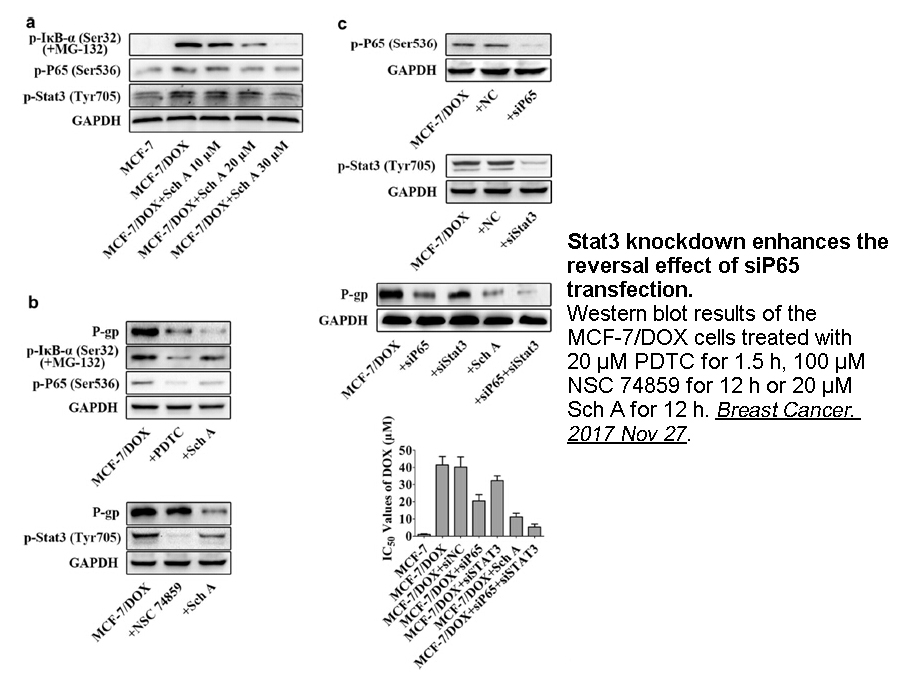
Analysis of the enzyme activity, expressed as rate of product formation per unit serum volume (20μl), between the diagnostic groups revealed that ApB activity was significantly decreased in the patient group both at recruitment and after 13months when the substrate concentration used was 1.5mM (pthe
-
A number of interesting anti inflammatory
2024-11-21
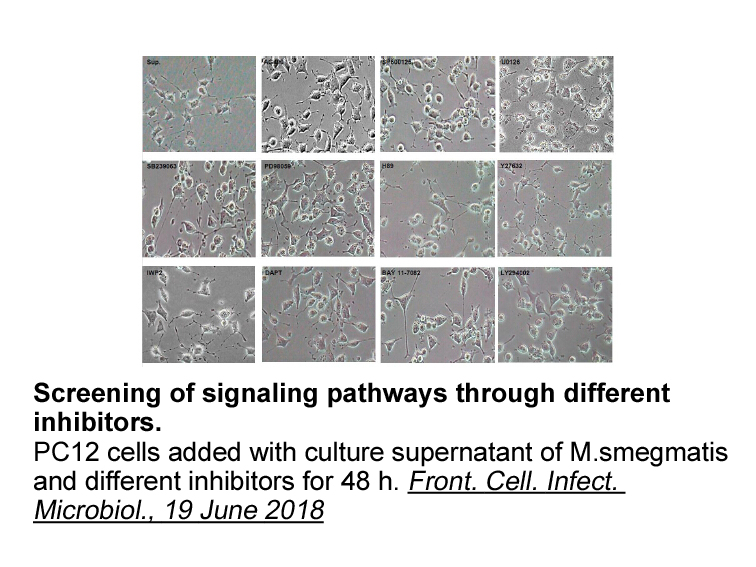
A number of interesting anti-inflammatory molecules have also been identified that are derived from AA or ω−3 fatty acids, including the lipoxins (for “lipoxygenase interaction products”), resolvins, and protectins [18], [19] (Fig. 1). The lipoxins are synthesized from AA by 5-, 12-, and 15-LOX, as
-
br ABCA modulates intracellular sphingolipid metabolism in
2024-11-21
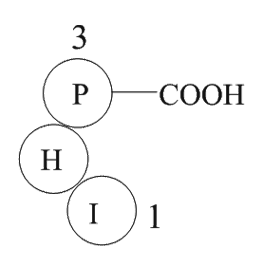
ABCA2 modulates intracellular sphingolipid metabolism in the LE/LY Recycling of plasma membrane lipids that occurs by constitutive endocytosis and vesicularization of complex glycolipids, complex sphingolipids and cholesterol as well as free cholesterol liberated from LDL after receptor-mediated
-
Compounds were profiled for their inhibitory activity agains
2024-11-21
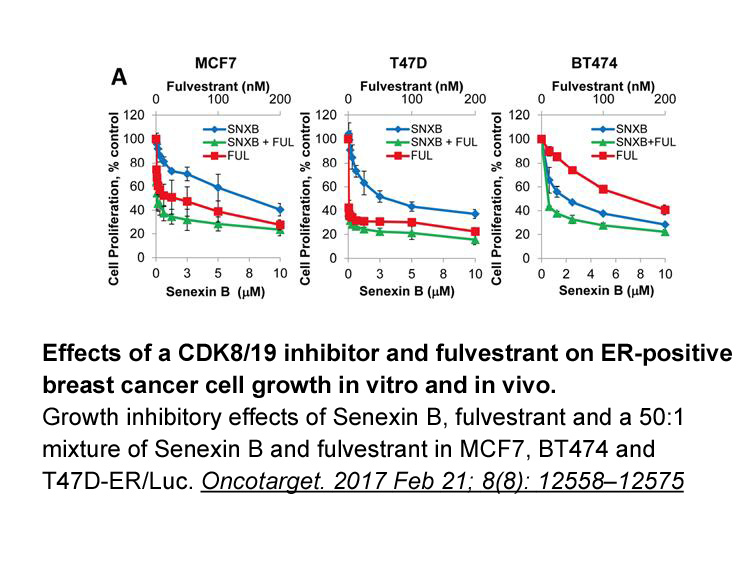
Compounds – were profiled for their inhibitory activity against dipeptidyl peptidase-IV Activity and/or Structure Homologues (DASH) [e.g. DPP2, DPP8 and DPP9] and non-DASH [eg. post-proline cleaving enzyme (PPCE), neutral endopeptidase (NEP), aminopeptidase P (APP), aminopeptidase N (APN)] enzymes.
-
The structure of LO is divided in two
2024-11-21
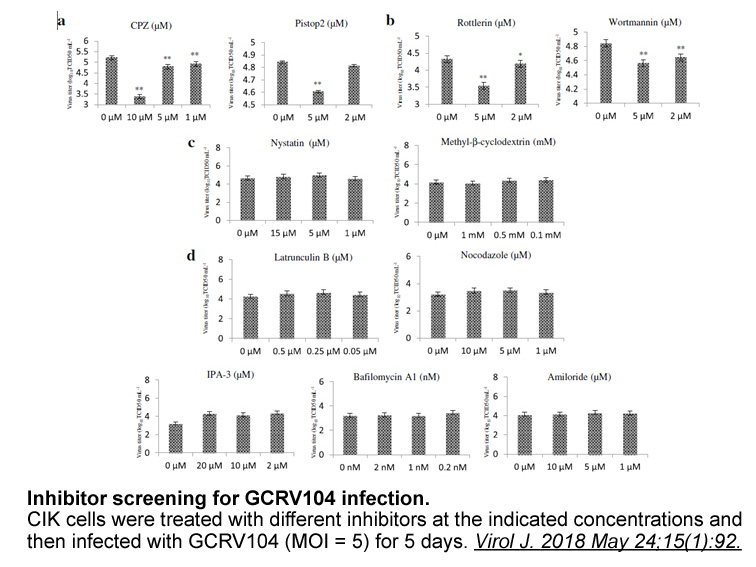
The structure of 5-LO is divided in two domains, the catalytic C-terminal domain and the N-terminal regulatory C2-like domain (C2ld) [59,60]. The C2ld spans the Papain 1-114 and is responsible for translocation and binding of calcium and membranes [61–63]. The catalytic domain is primarily an α-hel
-
Imatinib is a well known anticancer drug used in
2024-11-20
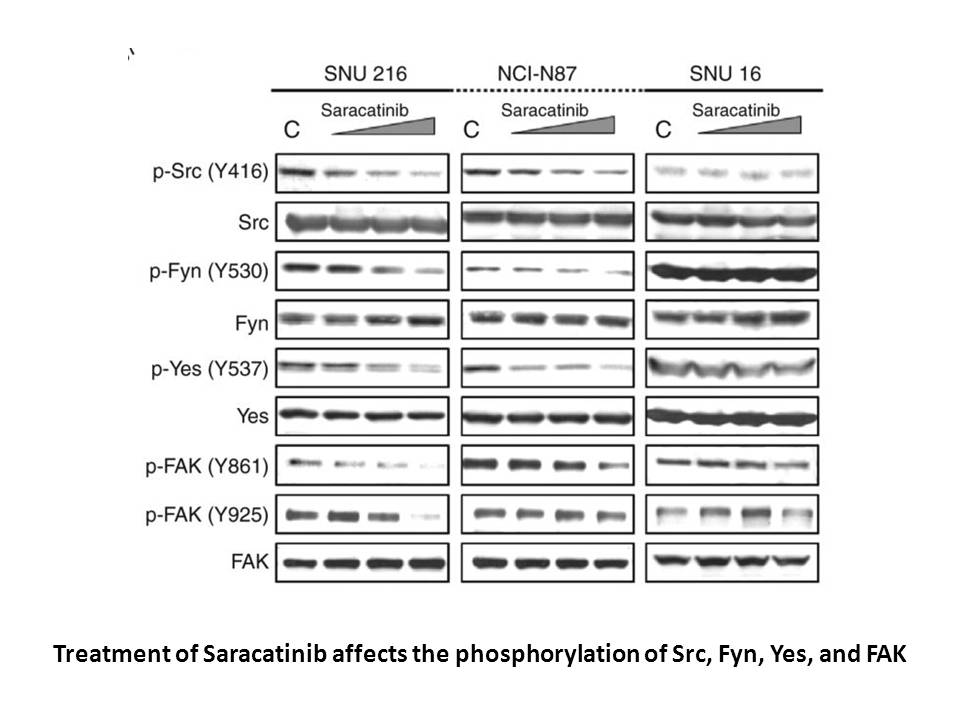
Imatinib is a well-known anticancer drug used in Chronic Myeloid Leukemia (CML) against the altered expression/activity of tyrosine kinase resulting from the fusion of BCR-ABL in leukemic blasts. It has been demonstrated that Imatinib can induce autophagy in BCR-ABL expressing Cerulenin sale (K562
-
The Rv c EQ protein was purified from
2024-11-20
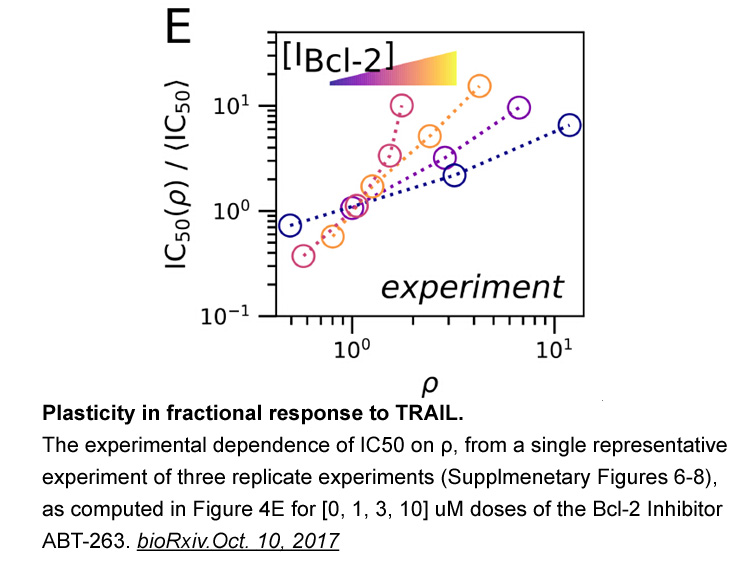
The Rv2477c-EQ2 protein was purified from 600 ml induced cultures following the same protocol described above. Elution of the mutant protein from the affinity resin was done using 200 mM imidazole. After concentration and buffer-exchange of protein as described above, the purity of the protein was c
-
br In vivo visualization of aromatase with positron emission
2024-11-20
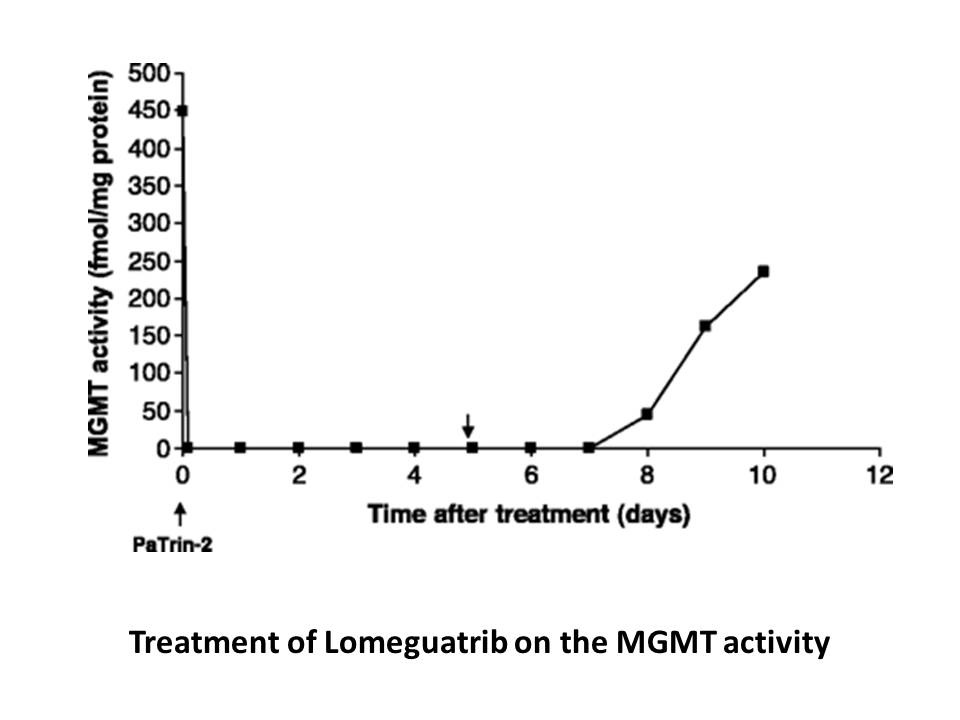
In vivo visualization of aromatase with positron emission tomography (PET) Positron emission tomography (PET) utilizes the high AZD1208 photons formed during the annihilation of positrons to detect the changes in the amount and localization of injected radiopharmaceuticals in the living body (re
-
Dopaminergic neurons are vulnerable to
2024-11-20
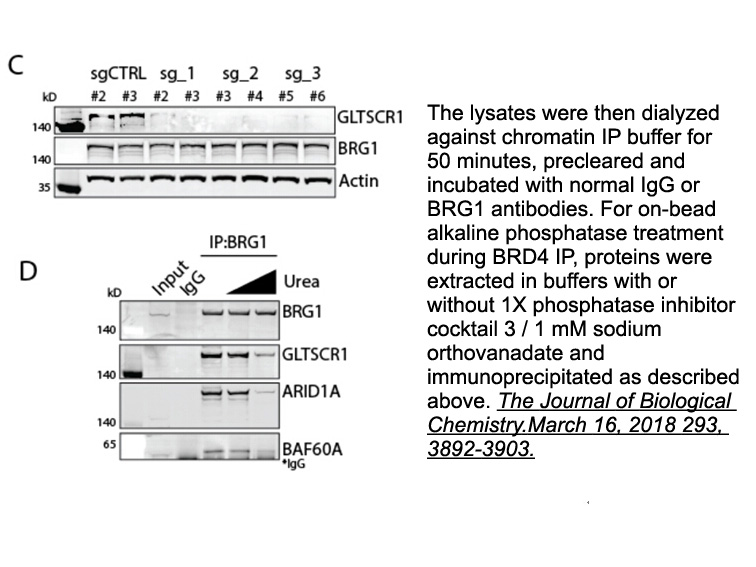
Dopaminergic neurons are vulnerable to oxidative products and inflammatory responses; these processes may play important roles in the etiology of PD. Because glial lipid metabolism pathway are the main generators of inflammatory responses in the CNS, the possibility that PD results from glial cell d
-
We report here the case of a patient
2024-11-20
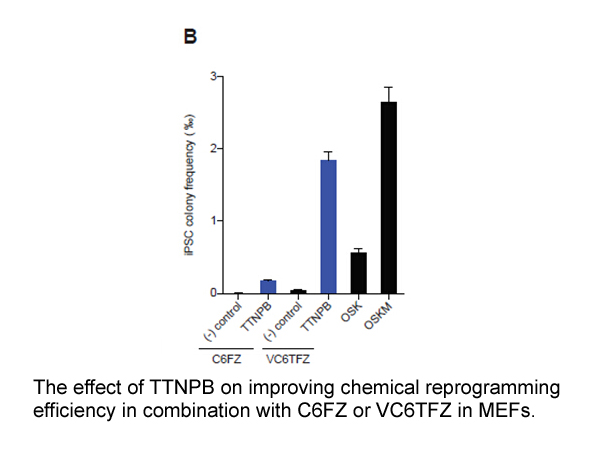
We report here the case of a patient with probable genetic prion disease with a Creutzfeldt-Jakob disease-like phenotype associated with a rare PRNP E196K mutation who initially exhibited atypical clinical manifestations principally characterized by behavioral abnormalities. Case report An 80-ye
-
That increased longevity was not the exclusive result of
2024-11-20
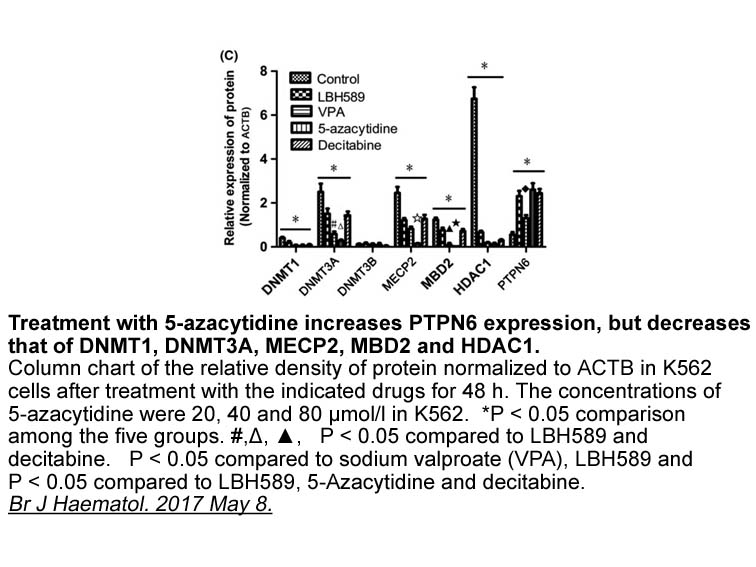
That increased longevity was not the exclusive result of blood pressure reduction. This was demonstrated by analysis of life-long, whole body deletion of AT1A receptors in normotensive mice. These animals exhibited a very significant increase in lifespan when compared to wild- type mice [159], [160]
-
The importance of TARPs for AMPAR expression and
2024-11-20
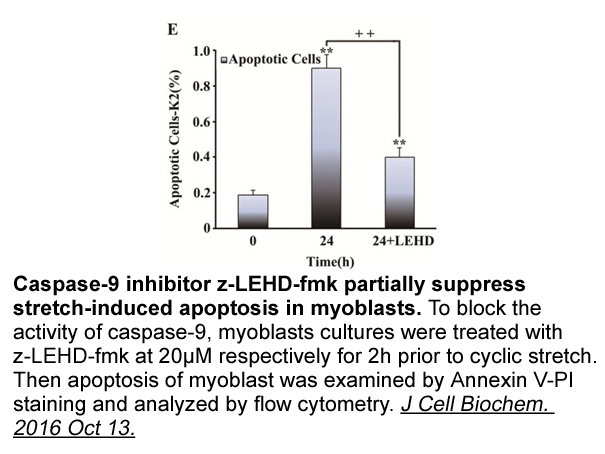
The importance of TARPs for AMPAR expression and function was revealed initially in the cerebellum, where the lack of γ-2 in the mutant mice waggler and stargazer (stg/stg) was associated with a selective loss of AMPAR-mediated synaptic currents in cerebellar granule Demethoxycurcumin (Chen et al.,
-
br Regulation of BCAA catabolism The BCAA catabolic
2024-11-20
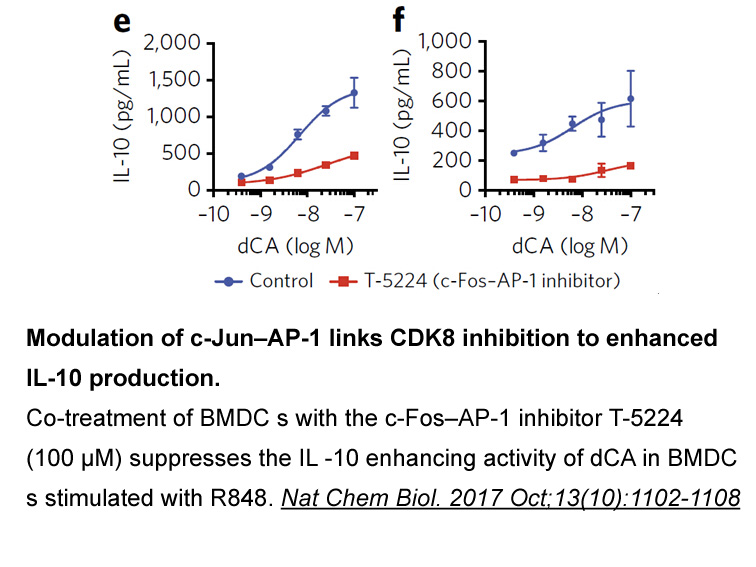
Regulation of BCAA catabolism The BCAA catabolic system is equipped in mammalian cells to dispose of excess BCAAs, presumably resulting in relatively stable concentrations of BCAAs in blood and tissues in humans. The main BCAA catabolic pathway is localized in the mitochondria of all tissues. The
-
The cellular mechanism underlying the CGS mediated inhibitio
2024-11-19
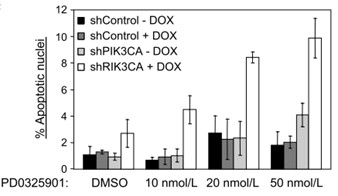
The cellular mechanism underlying the CGS12066-mediated inhibition of glutamate release from hippocampal nerve terminals through presynaptic 5-HT1B receptors remains to be elucidated. 5-HT1B receptors are coupled to PTX-sensitive G proteins (Gi or Go) that have been shown to inhibit AC activity as w